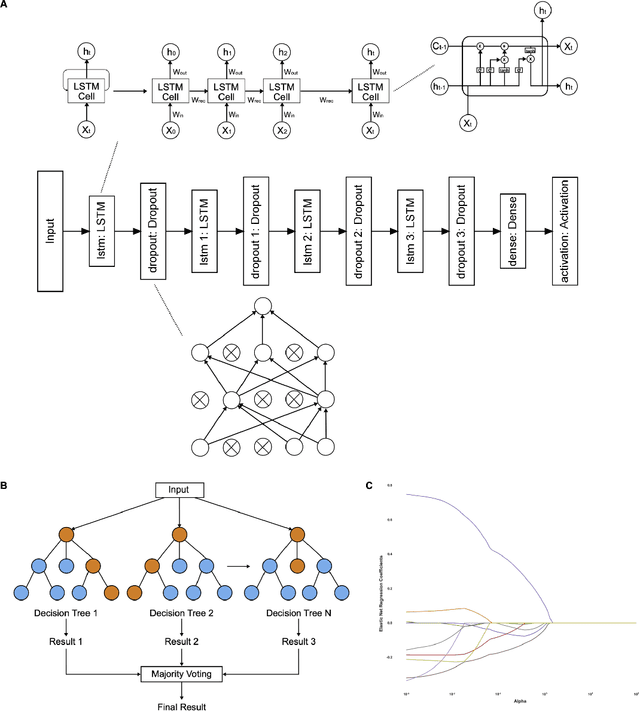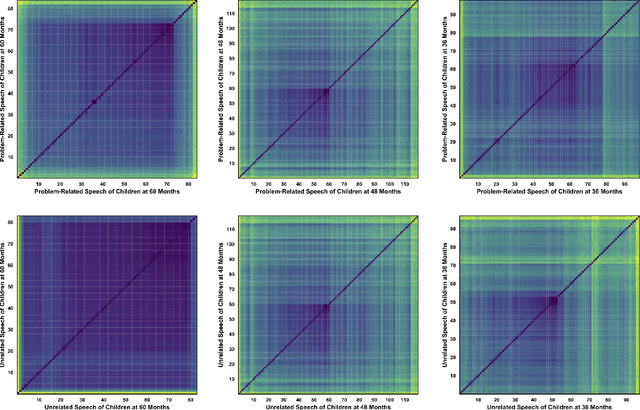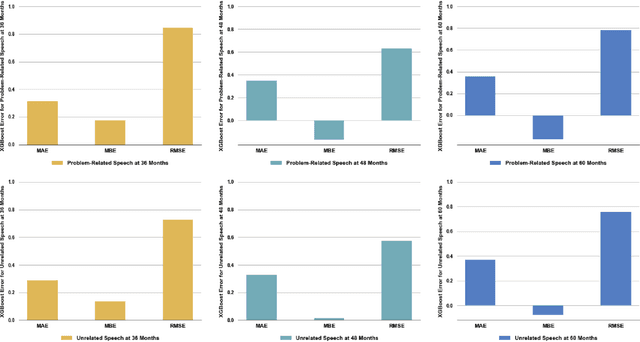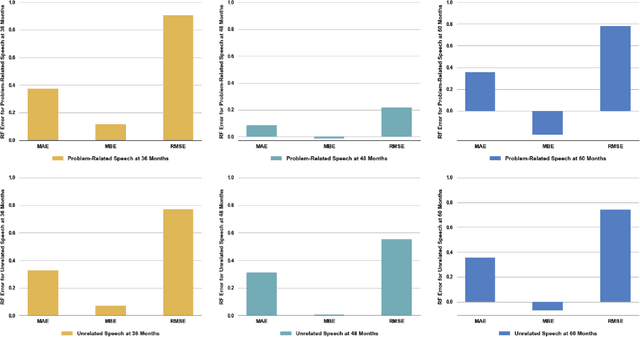Yeunjoo Kim
Comparing Machine Learning-Centered Approaches for Forecasting Language Patterns During Frustration in Early Childhood
Oct 29, 2021



Abstract:When faced with self-regulation challenges, children have been known the use their language to inhibit their emotions and behaviors. Yet, to date, there has been a critical lack of evidence regarding what patterns in their speech children use during these moments of frustration. In this paper, eXtreme Gradient Boosting, Random Forest, Long Short-Term Memory Recurrent Neural Networks, and Elastic Net Regression, have all been used to forecast these language patterns in children. Based on the results of a comparative analysis between these methods, the study reveals that when dealing with high-dimensional and dense data, with very irregular and abnormal distributions, as is the case with self-regulation patterns in children, decision tree-based algorithms are able to outperform traditional regression and neural network methods in their shortcomings.
 Add to Chrome
Add to Chrome Add to Firefox
Add to Firefox Add to Edge
Add to Edge